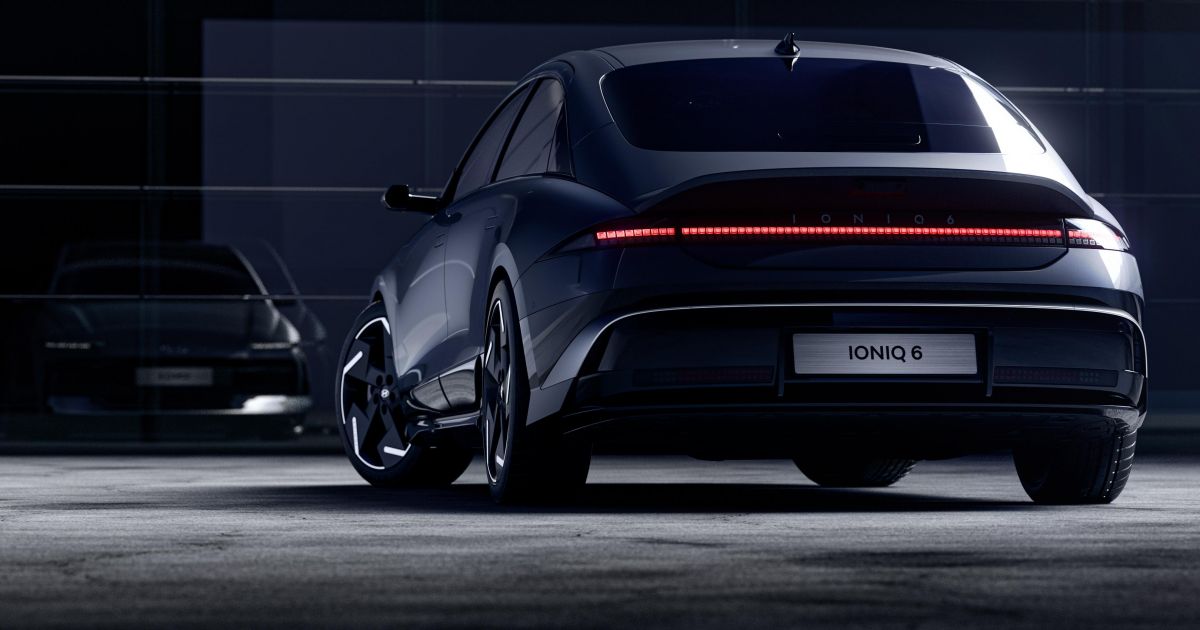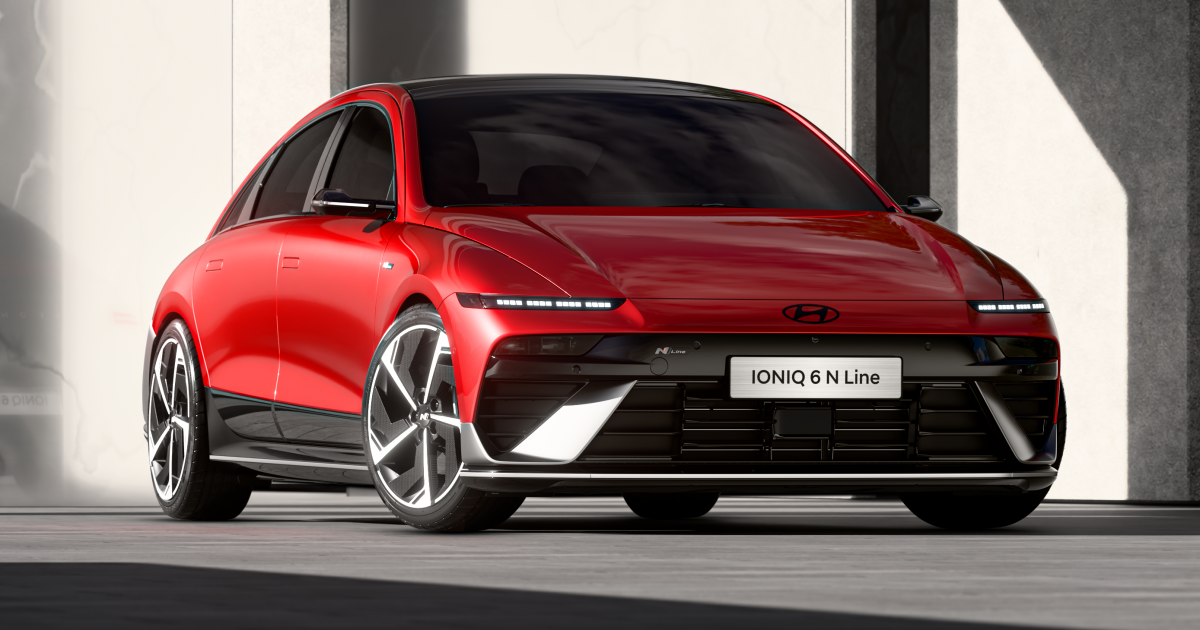The Hyundai Ioniq 6 has received a facelift designed to make it look cleaner and more dynamic, and one of the company’s key design executives says it now looks like how it was supposed to.
“I was so impressed that we made it look like it always should have been like that, and now I’m thinking, ‘Why did we do it like that before?’,” the senior vice president and head of Hyundai Design Center, Simon Loasby, told Australian media at the Seoul motor show.
The updated Ioniq 6, due to arrive in Australia during the second half of 2025, still has its dramatic ‘streamliner’ silhouette with a slippery roof line like that of the Prophecy concept that previewed it.
Hundreds of new car deals are available through CarExpert right now. Get the experts on your side and score a great deal. Browse now.
-
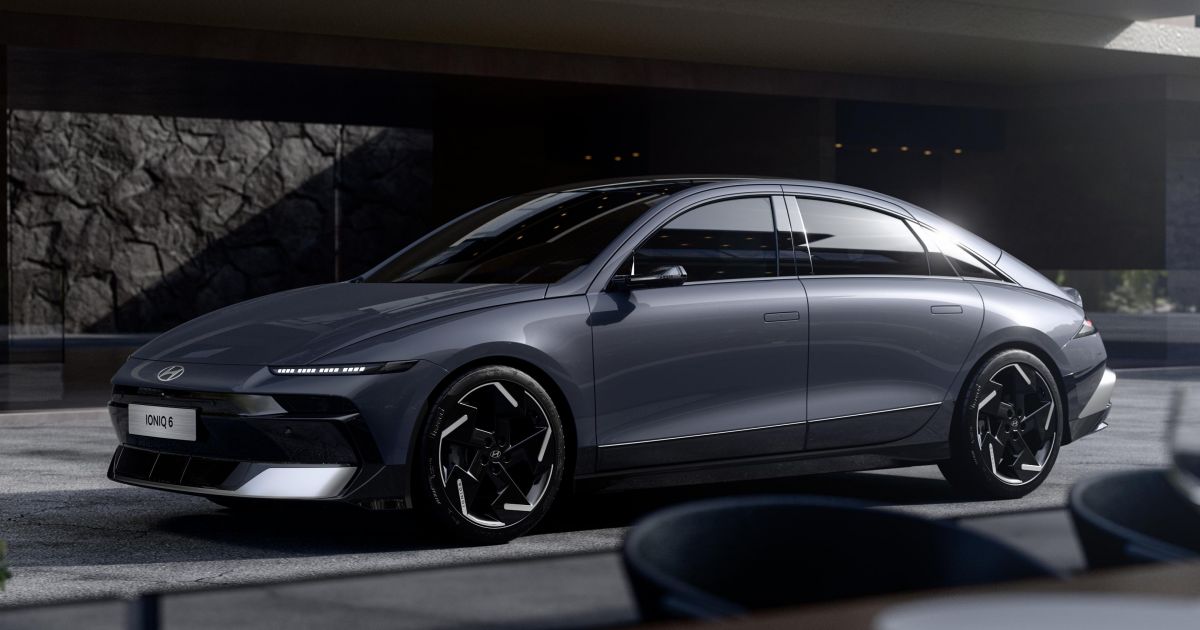
Ioniq 6
However, the pre-facelift model – despite a shape that draws the eyes back – had some unusual design details like the double spoiler at the rear, as well as vertical elements on the front and rear bumpers, which made it appear fussier than the facelifted electric sedan.
When asked if the pre-facelift model was a bridge too far for consumers, Mr Loasby said: “It always makes us question ourselves.”
“When we do a facelift, often we’re working on that before we’ve launched the first car,” he continued.
“Given time, you can always find something that you can refine and tweak… Taking elements away often gives you more, and that’s what happened here.
-
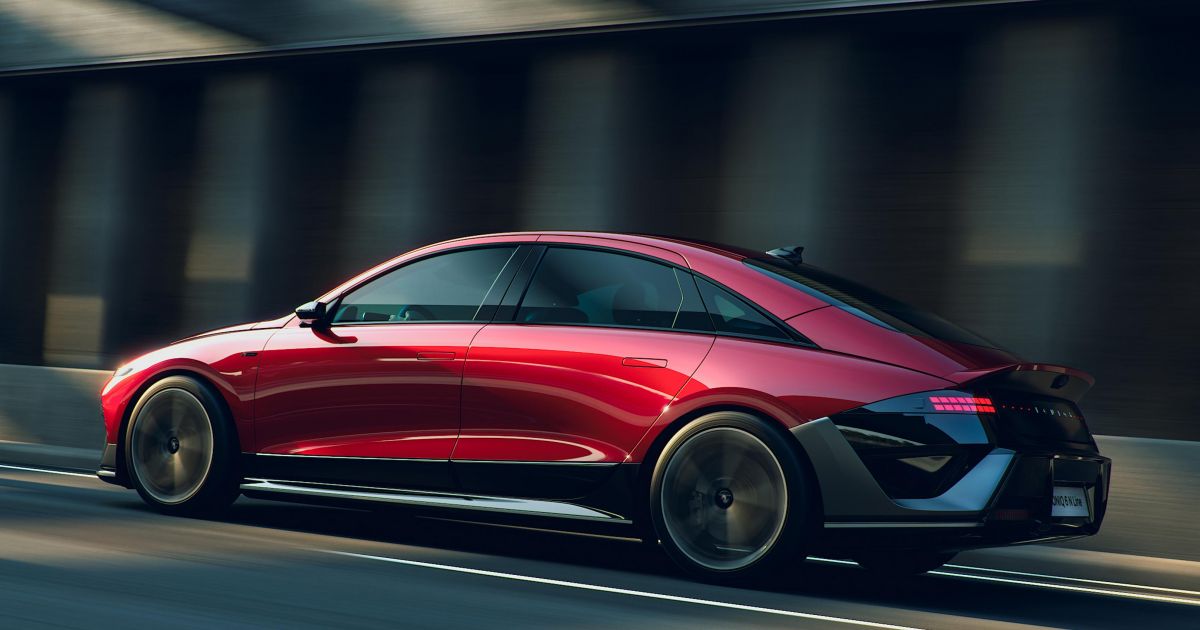
Ioniq 6 N Line
“It’s more an acknowledgement that we had more time just to keep going and improving. It looks lower, wider, cleaner.”
That’s in part due to the change to a more conventional rear spoiler, as well as new bumpers and extended black garnishes. The overall look is inspired by the RN22e ‘rolling lab’ from 2022.
Hyundai has also revealed a new N Line version, with sportier front and rear bumpers. It also features a unique blacked-out appearance at the rear.
“It’s a laser burn through the polycarbonate, so you’ve got zero shut lines,” Mr Loasby explained. “There are no gaps, it’s just a flush surface with the lights coming through.”
-
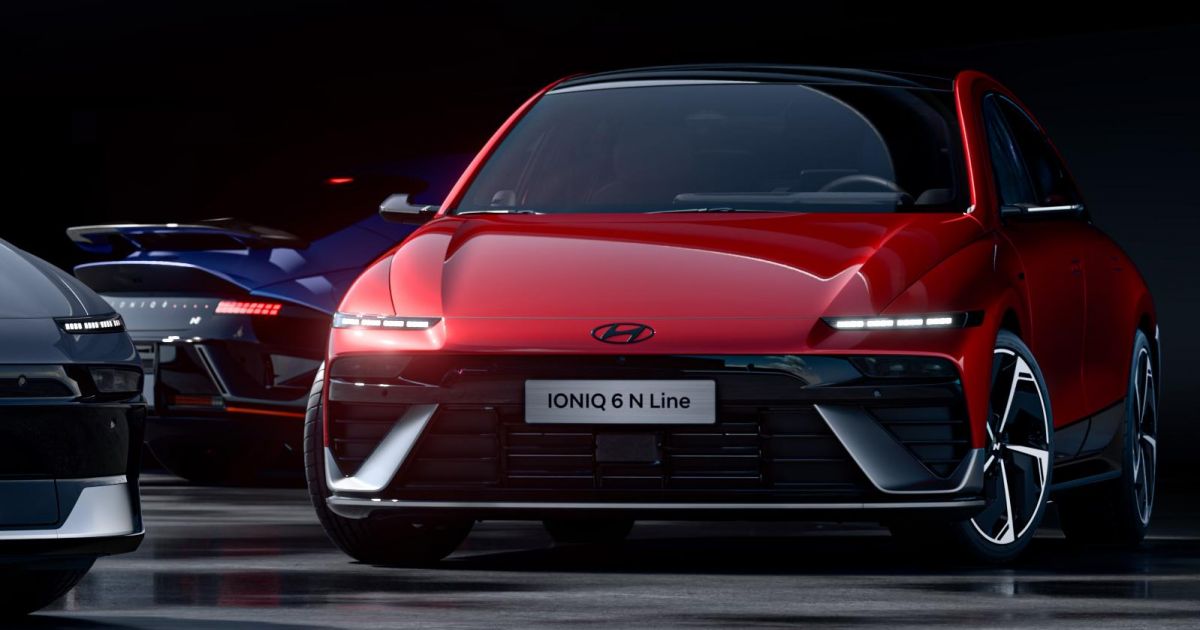
Ioniq 6 N and N Line
Hyundai has also teased a hot N version with a similar rear-end appearance, which will also feature unique sheet metal and a wider, more aggressive stance as well as a huge rear spoiler.
When asked if the next-generation Ioniq 6 will be even more conventional, Mr Loasby said this won’t necessarily be the case.
“Not necessarily less polarising, not necessarily more conventional, but definitely more progressive,” said Mr Loasby.
“We don’t want to polarise too much, we want to be progressive.”
Hyundai says it also wants its products to be clearly differentiated from each other, unlike some carmakers like BMW which make its combustion-powered and electric vehicles look the same.
“Different brands have different approaches. I would say we have our approach at the moment with a very, very big portfolio globally, and if we do them all the same it’s tough to differentiate,” said Mr Loasby.
“So what I love is that we have such a clear differentiation between our products for different customer groups.
“Obviously we do have parallel vehicles, we have a Sonata and we have this, so we’re creating differentiation because there’s a different customer mindset. So if we focus on what the customer wants, how they want to present themselves, what kind of vehicle they want to be attached to, then I think you’ll find with EVs there’s a different mindset where it can be a little more progressive, a little bit more unique.”
He flagged that eventually this customer mindset could change, to the point where an Ioniq 6 would no longer “need” to look as dramatically different from a theoretical electric Sonata.
“I think you have to look at how mindsets globally are changing, how people’s feelings towards EVs or EREVs are changing, how your ICE customers are, how the network’s expanding,” he said.
“I think it’ll fuse together, but what time point I don’t know. But it’s got to fuse together when people become more comfortable with EVs because the network’s getting better and different countries are running at different speeds.”
It’s unclear how much the Ioniq 6’s revised styling will improve its sales performance.
-
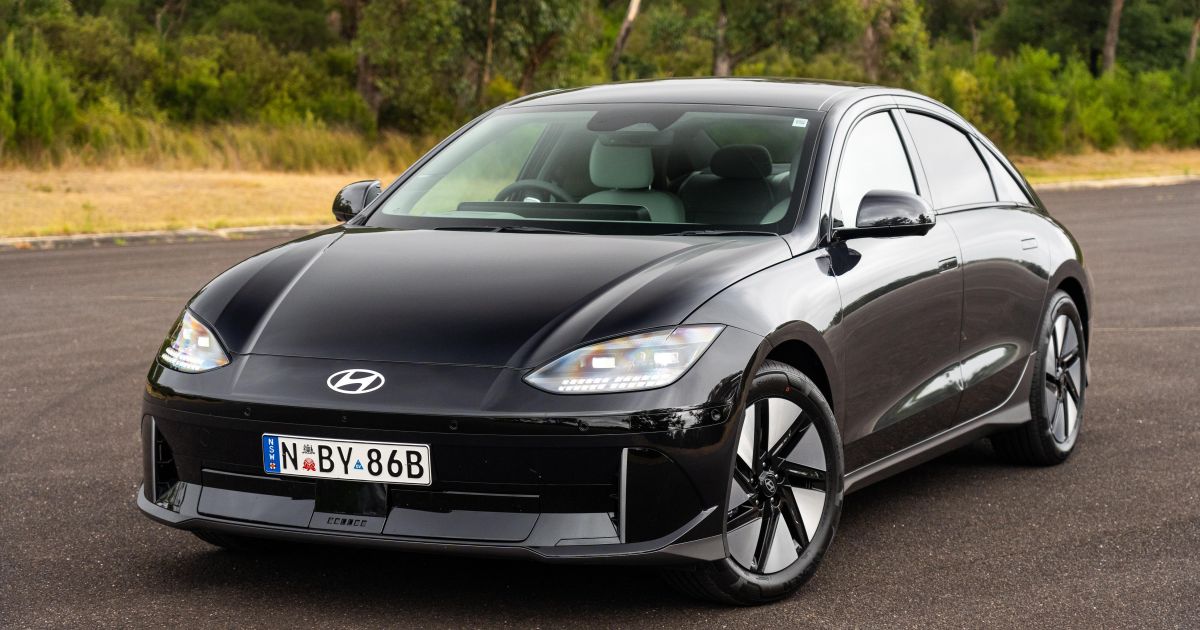
Pre-facelift Ioniq 6 -

Sales in its home market of Korea fell by 46.6 per cent in 2024 compared with the year before, while sales in export markets slumped by 49.5 per cent.
Hyundai Australia sold 374 Ioniq 6s in 2024, a drop of 40 per cent on the previous year. That’s despite the Ioniq 6 not being on sale during the whole 2023 calendar year, as it arrived in March.
That meant it posted little threat to rivals like the Tesla Model 3 (17,094 delivered in 2024) and BYD Seal (6393), both of which have a considerably lower base price.
In the US market, Hyundai sold 12,264 Ioniq 6s, down six per cent on the previous year. That meant that, excluding the hydrogen fuel-cell Nexo, it was Hyundai’s worst seller there.
Hyundai sold more than twice as many examples of its next worst seller, the Venue.

